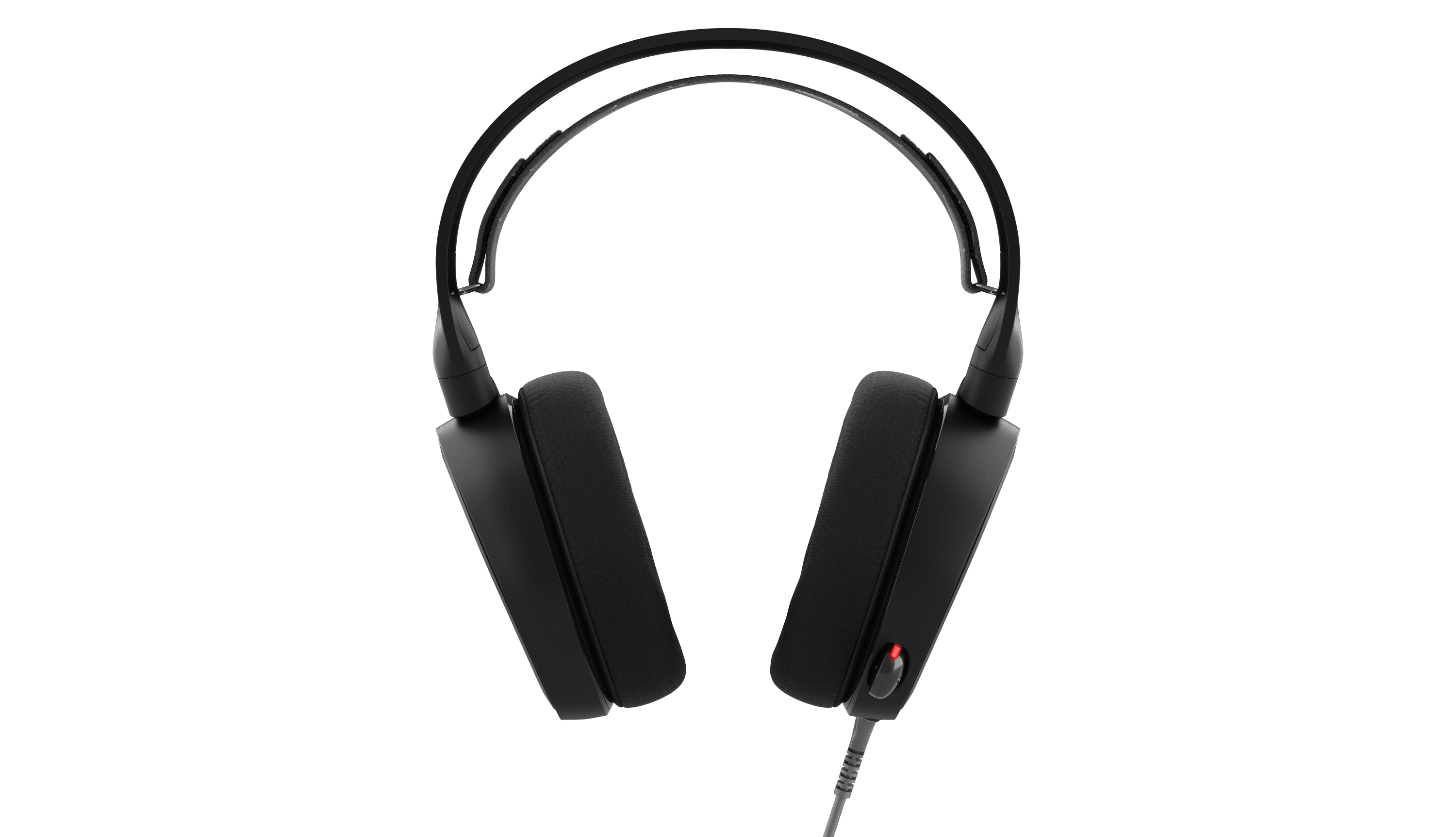
He said that it failed to make a tight seal around the bottom of his ears, however. I handed the Arctis 5 off to a co-worker who agreed with my assessment that the headset was comfortable, light and easy to manipulate for a perfect fit.


Not only could I hear each footstep and weapon discharge from my opponents in Overwatch, but I was also able to pinpoint quiet pockets. To my mind, that's a little expensive for a small, thin piece of fabric, but it's purely aesthetic, so the choice is yours. In case the default, black-and-white headband isn't to your taste, you can also buy alternate designs, starting at $20 a pop. The ear cups feel plush and breathable, but never push down hard, even for folks (like myself) with glasses and a lot of hair. This is a first for a SteelSeries headset, or any gaming headset as far as I know. Not only does the elastic headband instantly conform to your head, but also, if it's even slightly off, you can just adjust the Velcro straps. SteelSeries has generally put other headset manufacturers to shame when it comes to comfort, and the Arctis 5 is no exception. A shorter cable without the chat amp would have worked wonders. You can definitely make the Arctis 5 work with your setup, although doing so will require some creative cable management and a lot of extra space.

The adapter for the 3.5 mm jack is tiny and easy to lose. Besides, the amp is too light to sit comfortably on a desk, and the extra-long wire tends to get in the way of everything. The USB adapter goes through an amp that controls chat volume, which is pretty useless if you're engaged in a single-player game. The Arctis 5 connects via USB or 3.5mm audio jack, but either way, you have to plug a proprietary jack into an adapter. My only real complaint - and it's not an insignificant one - is that cable management is a mess.


 0 kommentar(er)
0 kommentar(er)
